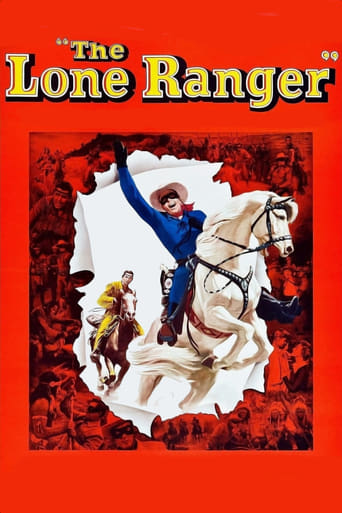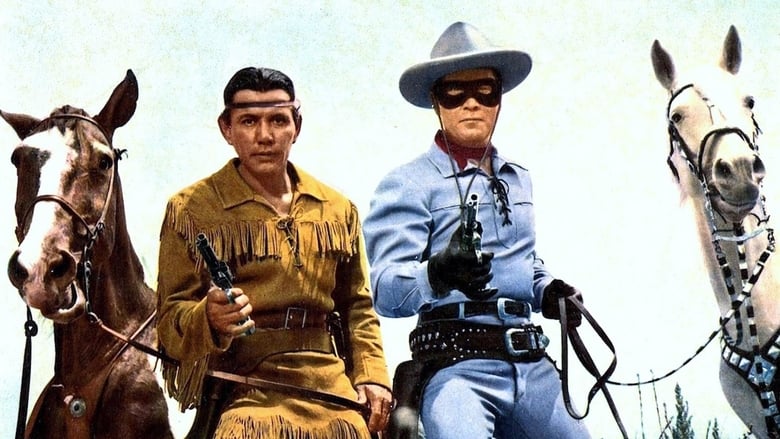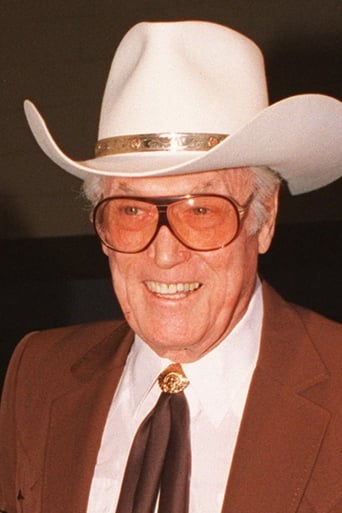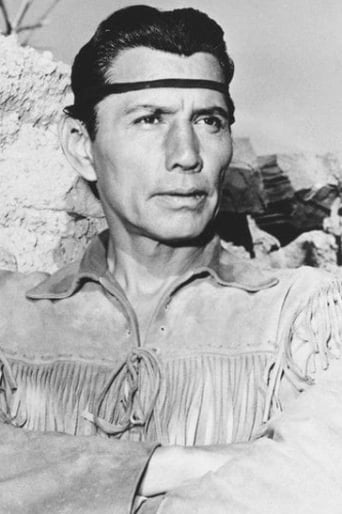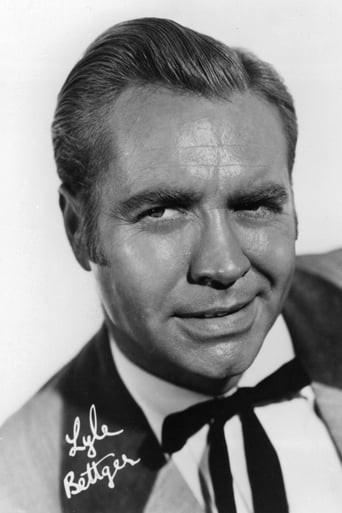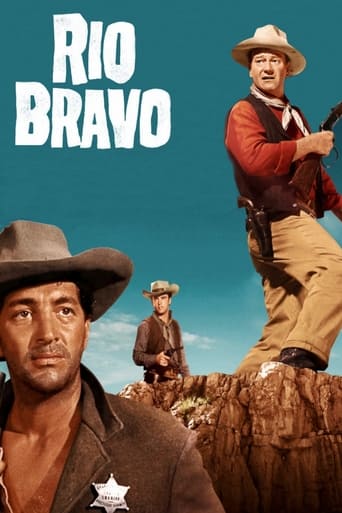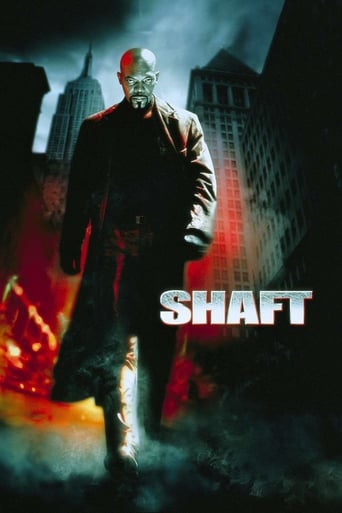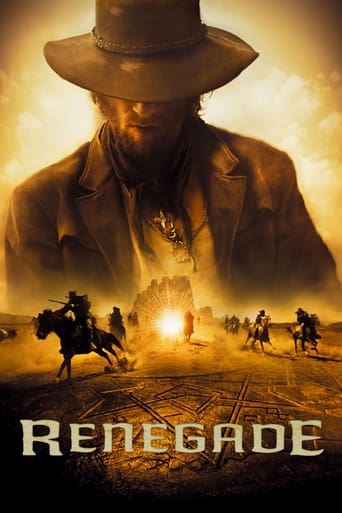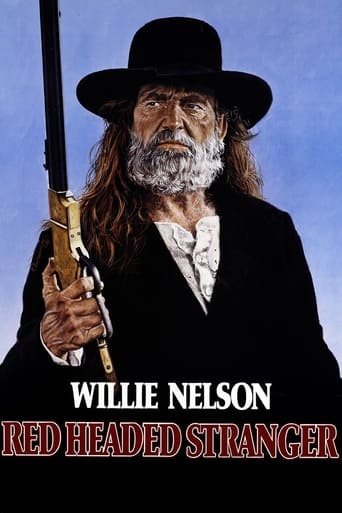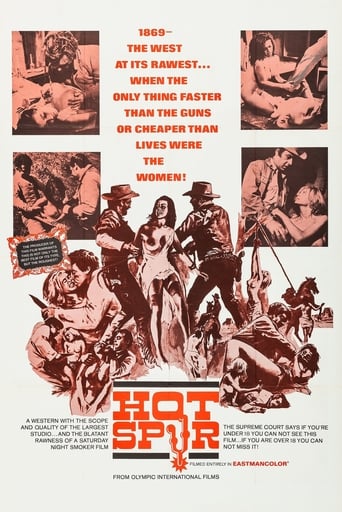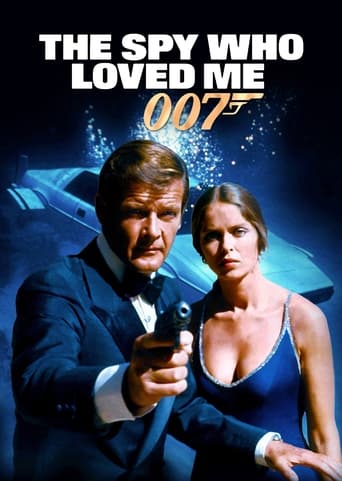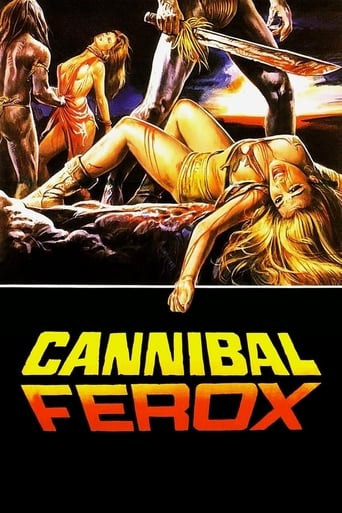The Lone Ranger (1956)
The territorial governor asks the Lone Ranger to investigate mysterious raids on settlers by Indians who ride with saddles. Wealthy rancher Reese Kilgore wants to mine silver on Spirit Mountain which is sacred to the Indians.
Watch Trailer
Cast


Similar titles
Reviews
You won't be disappointed!
If the ambition is to provide two hours of instantly forgettable, popcorn-munching escapism, it succeeds.
In truth, there is barely enough story here to make a film.
It's a movie as timely as it is provocative and amazingly, for much of its running time, it is weirdly funny.
I'm not a big fan of 'classic' American westerns, usually preferring a little 'spaghetti' with my saddles, Stetsons and six-shooters, but I do have a fondness for the adventures of The Lone Ranger, which were a part of my childhood in the '70s (repeat showings aired during summer holidays and on Saturdays). Like an American Robin Hood, The Lone Ranger served up entertaining half hour slices of wholesome escapism and acts of derring do in which good always triumphed over evil.This, the first of two full length features to star Clayton Moore as the legendary masked vigilante, sees our dashing hero and his faithful sidekick Tonto (Jay Silverheels) coming to blows with dastardly rancher Reece Kilgore (Lyle Bettger) and his men, who have been stirring up trouble with the natives on a nearby reservation in an attempt to lay their hands on the silver lode within the Indians' sacred mountain.Plot-wise, it's a fairly routine and rather predictable escapade for the ranger, but one enlivened by strong performances from heroes and villains alike, enjoyable action (there are several impressive fist-fights featuring great stunt-work), glorious colour cinematography, a rousing score (including, of course, the show's signature theme, the William Tell Overture), and some welcome humour (as Moore dons the guise of an old prospector in order to investigate)—all of which adds up to a very enjoyable time.7.5 out of 10, rounded up to 8 for the sake of nostalgia.
For someone who's either seen or been aware of all the various Lone Ranger movies including the early serials, I was caught off guard by the presentation of this story on Turner Classics the other night. It aired in 1956 which would have placed it just before the TV series ended on June 6th, 1957 with the last half hour episode. The bonus for movie fans watching today is that it was done in WarnerColor, though the color rendition varies in scene to scene from rather drab to quite brightly saturated given the type of scene.For viewers unfamiliar with the origin of The Lone Ranger (Clayton Moore), his friend and sidekick Tonto (Jay Silverheels) does a nice job explaining it by telling the story of the box canyon ambush and how Silver was nursed back to health by the Ranger following a fight with a buffalo. There's also the explanation of Kemo Sabay translated as 'trusty scout', though attempting to understand the origin of that translation is an interesting exercise in detective work. It's easier just to take Tonto's word for it.The story here has the Ranger and Tonto trying to find out what's really going on in the town of Brasada as local rancher Reece Kilgore (Lyle Bettger) seems to be defying statehood for the territory against the wishes of the territorial governor (Charles Meredith). Kilgore has a hot headed foreman named Cassidy (Robert Wilke), who turns out to be a fiery enemy of the local Indian tribe and puts a number of henchmen to work disguised as Indians in a familiar ruse in any number of Westerns whereby their destructive raids are blamed on the local tribe.Fans of the TV series will recognize Clayton Moore underneath the old prospector disguise whenever he goes undercover trying to learn new information. There are a handful of scenes referring to Pilgrim Crossing as the site of an 1854 massacre which was a bit puzzling since the location marker was never explained, and if it had to do with the original Lone Ranger story, it remained a moot point. So introducing the concept was simply a head scratcher for this viewer.One thing you have to do with this film is give proper credit to Silver and Scout, both horses did an admirable job with some dramatic footwork coming down rocky hillsides. Silver also got some commendable screen time making the save for the Ranger when he got shot in the left arm by one of the bad guys. With the Ranger's good arm hooked into a stirrup, Silver dragged him over to a water hole until Tonto could come by. I guess we were supposed to overlook the fact that the masked man was dragged over on his wounded arm, which should have sent him to the moon in pain.We finally learn that the motivation for rancher Kilgore's determination to keep the Indians on the warpath had to do with sacred ground known as Spirit Mountain. Harboring a rich vein of silver, Kilgore meant to take the mountain for his own property after eliminating the Indian tribe in the area. However when the Cavalry arrives to arrest Kilgore and his top henchman for the murder of one of his own hands, Cassidy shoots his boss in front of a dozen witnesses, setting up the final fisticuffs between himself and The Lone Ranger. That tussle was actually a pretty good one, the stunt men for their respective characters earning their pay by staging a wild fight while rolling down the side of a hill.With all the neat work by the supporting players, I was curious to see how many of them appeared in the Lone Ranger TV show, and was surprised to learn that Bettger didn't appear in a single one. Of the others, Wilke and Michael Ansara (Angry Horse) both appeared in two episodes, while Lane Chandler (Chip Walker) showed up in four. The champion here though was John Pickard, who had the role of Sheriff and later Deputy U.S. Marshal Sam Kimberley. Pickard had a role in seven of the Lone Ranger TV episodes, including the very last one in a series that ran for two hundred and twenty one shows.
The Masked Man and his faithful Indian companion Tonto struggle to thwart a greedy cattle baron from igniting a full-scale war with Native Americans on a nearby reservation. Compared to the Spartan production values on the ABC-TV series, "The Lone Ranger" movie looks like a million-dollar spectacle. Lensed in vibrant Warnercolor with a sturdy cast, featuring villainous Lyle Bettger and Robert Wilkie, Jr., this fast-moving, 80-minute horse opera never wears out its welcome. The Lone Ranger investigates trumped-up claims that the Indians have been straying off the reservation and committing havoc. The man arousing all the ill-will toward the Indians is the same dastard that hungers their land. As it turns out, the last surprise in this western is the revelation about the mineral rich ground on which the reservation lies. "The Glass Key" director Stuart Heisler maintains a sense of urgency throughout this tightly knit western and scenarist Herb Meadow provides a good line of dialogue occasionally. Clayton Moore and Jay Silverheels reprised their roles, and they have no trouble stirring up action. When you think about it, westerns during the post-war years constituted pictures about race-relations. Although the dastardly Reece Kilgore sets things in motion for a showdown, the outcome isn't what he expected. The Lone Ranger swaps blows with a potential Indian chieftain and gets clipped by a bullet to the head. Nevertheless, our hero re-emerges and resolved to capture the felons. This well-made western is worth watching at least once.
"The Lone Ranger" was the first of two feature films made in the 50s starring Clayton Moore as The Lone Ranger and Jay Silverheels as Tonto. It was of course, based on the long running TV series that began in 1949 and ended in 1957. It was produced by Jack Wrather who also produced the TV series. Essentially a "B+" western it is nonetheless a well mounted production. It was made by Warner Brothers and is as good as any of the Randolph Scott westerns made by the studio at that time. Being a major studio production, it was filmed in color and Wrather was able to hire an above average supporting cast. The story briefly, involves big time rancher Reese Kilgore (Lyle Bettger) trying to incite a war with the local Indian tribe on whose reservation a mountain of silver is located. The Masked Man and his faithful Indian companion ride in to try and prevent the conflict. Moore and Silverheels, who had been around the "B" movie scene since the late 30s, play their parts pretty much the way they did on TV but with a little more edge. Moore has a knock down drag out fight with the Indian warrior Angry Horse (Michael Ansara) who is trying to take control of the tribe from sickly Chief Red Hawk (Frank DeKova). Tonto meanwhile, is beaten up by Kilgore's thugs (Robert J. Wilke, Mickey Simpson, Zon Murray). And the boys even get to gun down a couple of the bad guys. And, The Lone Ranger even gets wounded only to make a remarkable recovery. And oh yes, Moore also gets don the disguise of the old prospector again as he did several times in the TV series. In addition to those mentioned, the supporting cast also includes Bonita Granville (wife of Producer Wrather) as Bettger's wife, Beverly Washburn as their daughter, John Pickard as the Sheriff, Perry Lopez as Pete Ramerez and Kermit Maynard and William Schallert in smaller parts. The movie is not as corny as the TV series and turns out to be an entertaining western.

